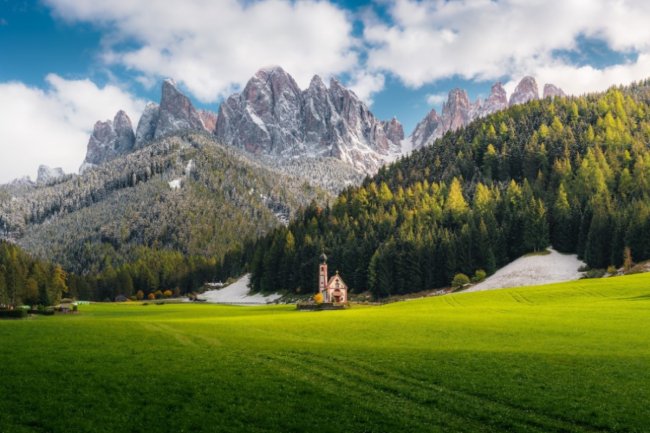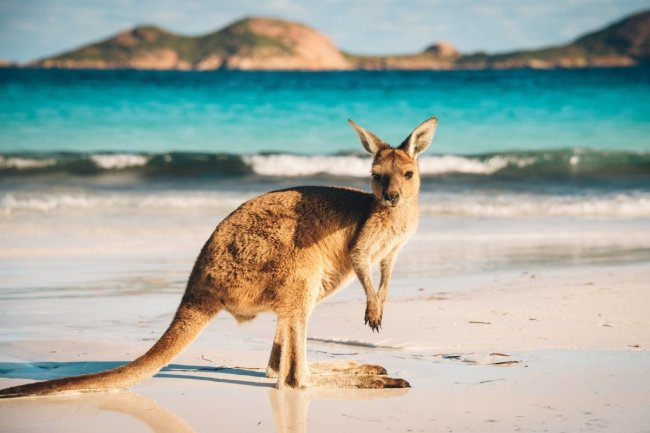Your trip to the Basque Country
Five reasons to visit this northern region of Spain
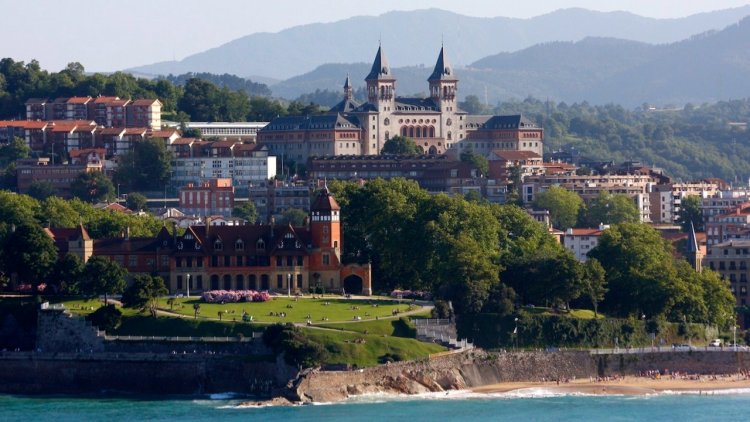
The Basque Country is a unique region in the north of Spain that has no analogues. Here they speak Basque, the architecture is reminiscent of both French and German at the same time, and the nature is similar to the Swiss Alps. This creates a unique atmosphere that you want to explore endlessly. We will tell you about beach holidays, famous trails and mountain villages of this amazing region.
First - go to the beach
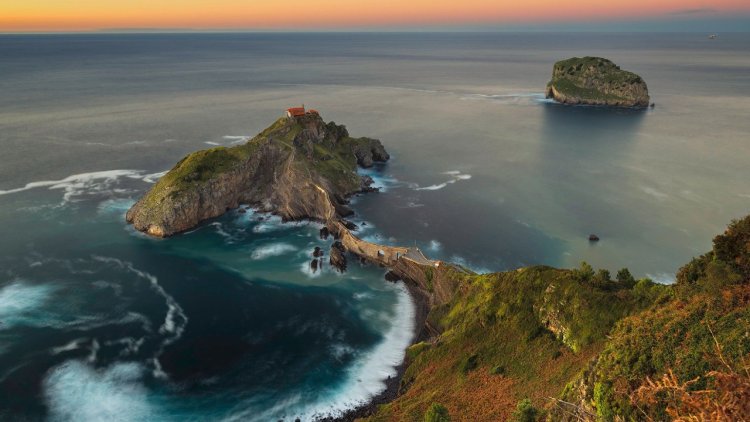
The Basque Country is washed not by the open waters of the Atlantic Ocean, but by the Bay of Biscay, which allows the water to warm up well in the summer - you can spend the whole day on the coast here. For a beach holiday, San Sebastian is an ideal choice: there is always clean water and sand. If you do not want to go far, you can visit La Concha beach (recognized as the best city beach in the world), Zurriola or take a ferry to Santa Clara Island.
Among other popular beaches in the region, it is worth mentioning Isunza in the village of Lekeitio, Las Arenas in Getxo, Hondarribia near Gipuzkoa and the largest beach in the Basque Country - Zarautz. Particularly noteworthy is Itzurun in Zumaia: its unusual layered rocks - "flyschs", located next to a sandy area, give this place a unique charm. This beach became famous thanks to the series "Game of Thrones - the filming of Dragonstone Bay took place here.
Second - learn to surf
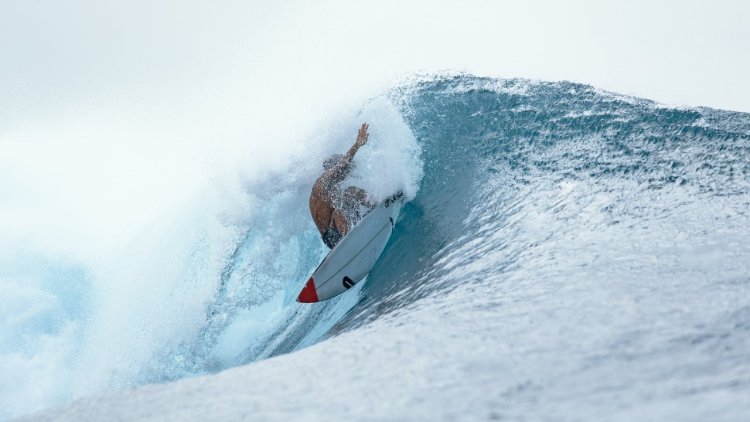
In each coastal town you can find surf schools and various campsites. Experienced and beginner surfers most often choose places such as Getaria, San Sebastian or Zarautz. Mundaka is considered one of the best European surfing spots in the winter and autumn seasons: at this time, the waves can reach 5 meters in height and 400 meters in length.
A holiday in this region provides not only the opportunity to "catch a wave", but also to enjoy the magnificent local landscapes, including green hills and steep cliffs. Among the best surf spots are Laidatxu (a beach located in the Urdaibai Park, which is a UNESCO World Heritage Site), Playa de Laga in the Urdaibai Biosphere Reserve (near Cabo de Ogoño) and Arrigunaga with picturesque views of Mount Abra and Sopela.
Third - get to know the Basque culture
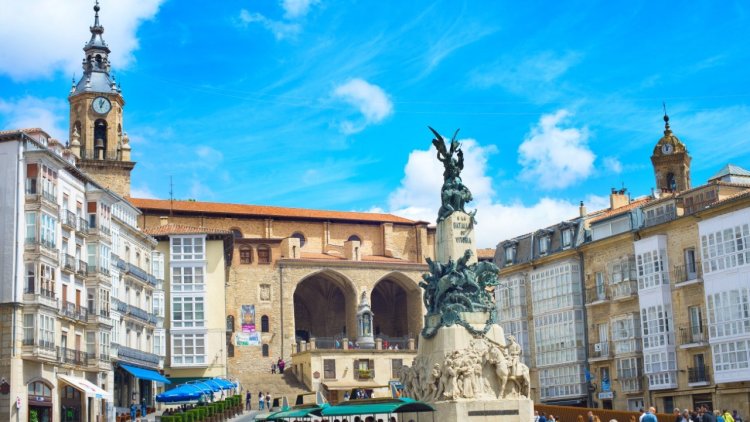
To immerse yourself in the life and traditions of the small people who inhabit this region, it is worth going inland from the crowded coast. The second largest city in the Basque Country, Vitoria-Gasteiz, has its own unique atmosphere. Here you can find many interesting sights, such as the Museum of Fine Arts, the medieval fortress, the Cathedral of Santa Maria, the Bibat Museum Complex, the Casa del Cordon, the New Cathedral, Eduardo Dato Street and the Eskoriaza-Esquivel Palace.
Just 30 km from Vitoria is the Salinas de Añana salt valley, where you will find impressive wooden structures that transport salt water to special areas for evaporation and collection of salt. Salt has been mined in this area for 6,000 years, and the methods of its extraction are constantly being improved.
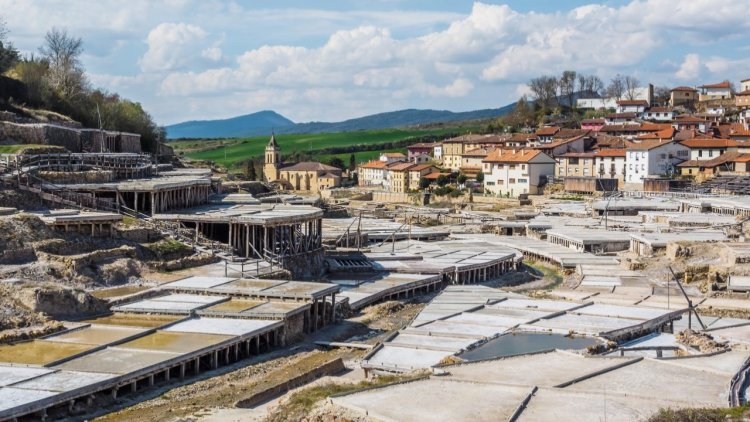
In Eskioga Ichazo (Gipuzkoa) there is an interesting open-air museum - a peasant house where the Basques lived in the 17th century. The layout and wooden structure of the house have been preserved here, and in its center there is a device for producing homemade cider - a favorite drink of the locals.
Another open-air museum is located in the town of Musquis - this is an old mill from the 16th century, where bread is still baked in traditional ovens.
If you are interested in the modern history of the region, be sure to visit Guernica. This city is considered the cultural and historical center of the Basque nation. On April 26, 1937, it was almost completely destroyed as a result of bombing by Italian and German planes. This event is dedicated to the famous painting by Pablo Picasso "Guernica", which is now in the Reina Sofia Museum in Madrid.
Fourth - eat a lot!
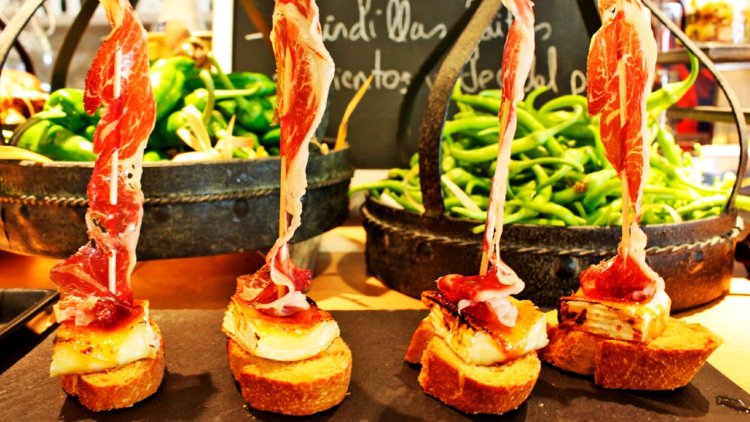
Like any southern European coastal region, the Basque Country is known for its excellent cuisine. The basic principle of Basque dishes is "the simpler, the better." Locals believe that each dish should clearly express the natural taste and aroma of the ingredients, so chefs use mainly salt, olive oil and parsley.
Here are some dishes that are definitely worth trying:
- Pinxtos are the Basque version of tapas, appetizers to go with wine or cider, mostly made with seafood such as scallops, shrimp, sea urchins and fish.
- Idiazabal is a sheep's milk cheese.
- Cuajada is a sheep's milk dessert served with honey or sugar.
- Goxua is a sweet dessert made with pudding, pastry, cream and caramel.
- Pastel Basco is a shortcrust pastry pie with a cream filling, most often with almonds and cherries.
- Sukalki is a meat stew with vegetables and chorizo peppers.
- Pisto is a Basque version of ratatouille made with eggplant, zucchini, onions and tomatoes, served with scrambled eggs and bread.
- Angulas is eel fried with chili peppers and garlic.
- Carakelas are sea snails.
- Marmitako is a tuna, potato, onion, bell pepper and tomato stew cooked in a pot.
- Bacalao in pil-pil sauce is cod stewed in its own juice; the name of the dish comes from the characteristic sounds produced when the fish is slowly cooked.
- Chuleton is a rare beef steak cooked over hot coals.
And fifth - go hiking!
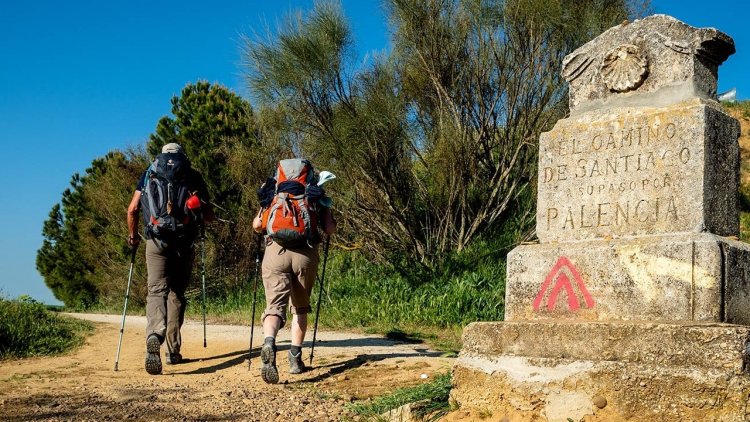
The Basque Country is a paradise for hikers. A section of the famous Way of Saint James passes through the region. The Bay of Biscay and the nature of northern Spain form the basis of the coastal route that leads to the church of Santiago de Compostela, passing through the Basque Country, Cantabria, Asturias and Galicia. The route starts in Irun, after which it passes through San Sebastian, Zarautz, Deba, Guernica, Lumo, Lezama, Bilbao and Portugalete.
The routes in Gorbea Natural Park are considered some of the most picturesque hiking trails in Spain. As in many similar parks, there are several trails to suit all tastes. The most popular of them is called Ubide-Gorbea-Ubide, it is 32 km long. Along this route you can see rare species of flora and fauna, including wild cats and deer.
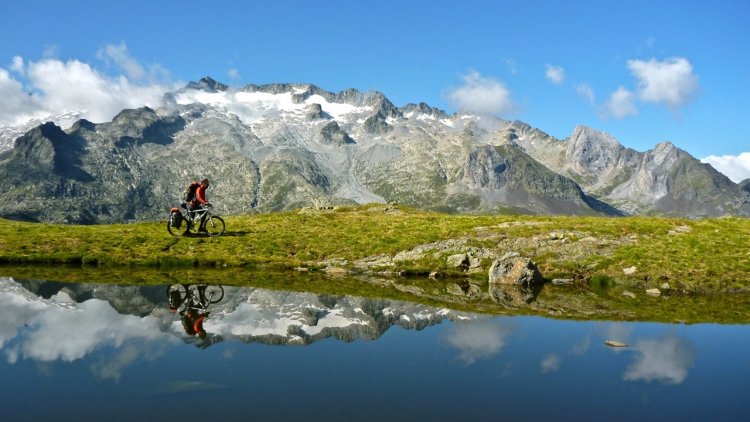
For especially hardy and prepared trekking enthusiasts, there is the opportunity to walk through the Pyrenees on foot. For example, the famous GR-11 hiking trail, or Ruta Transpirenaica, begins at Cape Higuer and runs through the Pyrenees through the ancient principalities, now the Spanish provinces of Navarre and Aragon, ending in the Catalan Cap de Creus. The entire route will take about a month, but the most picturesque places on the Basque side can be seen in ten days.
There are also plenty of options for short day trips. For example, you can go to the small island with the chapel of San Juan de Gaztelugatxe, which is connected to the shore by an unusual ancient stone staircase. This place resembles a scene from a fantasy film and became famous thanks to Game of Thrones and House of the Dragon. To get to the island, you will have to climb 241 steps.
Embark on an incredible journey through an unexplored region of Spain and don't forget to purchase an eSIM from fedafone for Spain in advance - with affordable mobile Internet, your vacation will be even more enjoyable!

